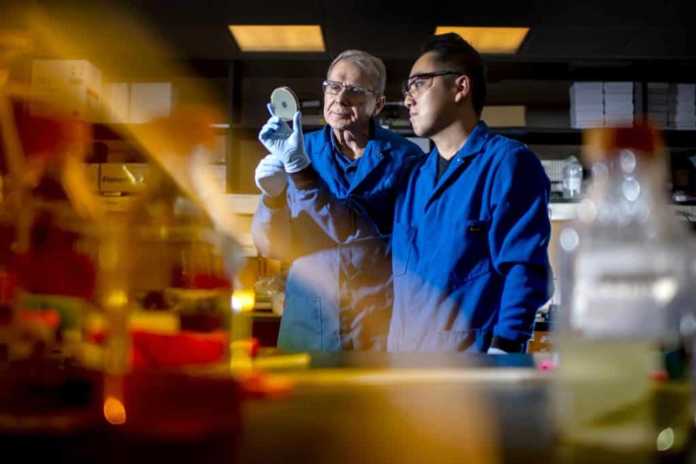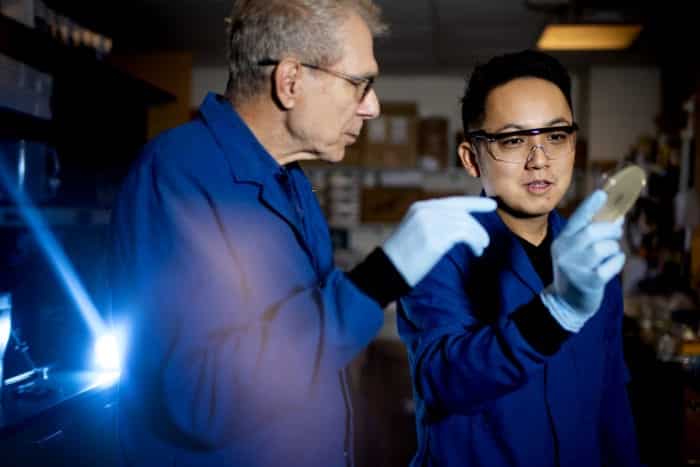
New Antibiotic From Worms
The Newly Discovered Antibiotic is called as Darobactin
Researchers at Northeastern University College of Science have discovered a new antibiotic that could treat infections caused by some of the deadly superbugs humanity is facing.
A team of researchers led by University Distinguished Professor Kim Lewis of biology announced New Antibiotic From Worms– Darobactin, which can kill gram-negative antibiotic-resistant bacteria.
The discovery promises to be a much-needed weapon in the war of drug-resistant bacteria. AMR is estimated to cause 700,000 deaths each year worldwide.
Yu Imai, a postdoc research associate in Lewis’ lab, discovered the compound from Photorhabdus. These microorganisms live inside the gut of a tiny parasitic worm found in soil.
It’s the first time that the animal microbiome was found to harbor an antibiotic that promises to be useful for humans.
The team of scientists cured mice in the laboratory using this antibiotic without any significant side effects.
The newly discovered antibiotic from worms breathes new life into the search for a solution to the global antimicrobial resistance crisis. The molecule has a unique structure as well as an unusual mode of action that make it particularly effective against gram-negative bacteria.
Gram-negative bacteria have an outer membrane that shields
them from commonly used antibiotics. This is the reason why gram-negative bacteria are at the top of a list of “priority” pathogens by the WHO that need to be targeted with new antibiotics.
Bacteria can also acquire additional antibiotic resistance mechanisms from other microorganisms, which can make them impervious primarily to currently available antibiotics. This process is known as horizontal gene transmission wherein bacteria pick up DNA from the environment and incorporate it into their genomes.
It has been more than five decades since the introduction of the last class of antibiotics that target gram-negative bacteria. This New Antibiotic From Worms gives us a ray of hope to combat superbugs.
The outer membrane of gram-negative bacteria is built with the help of an essential protein that sits on the surface of the cell. This protein is known as BamA.
It works like a gumball machine that opens & closes a gate to dispense chewing gum. In gram-negative microorganisms, BamA opens and closes a gate periodically, taking in freshly made proteins and inserting them into the protective membrane. New Antibiotic From Worms- Darobactin targets that open-and-close mechanism of the bacteria.
The scientists expect darobactin to follow in the steps of teixobactin, which is on track to enter clinical trials. And, he says, there might be more antibiotics waiting to be discovered, including additional ones that target BamA.
Editor’s Note: New Antibiotic From Worms, Newly Discovered Antibiotics, Antibiotics against gram-negative bacteria, New Antibiotic Darobacitin, Antibiotic Against Superbugs





























